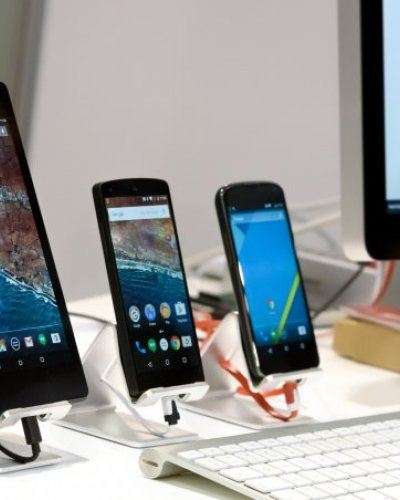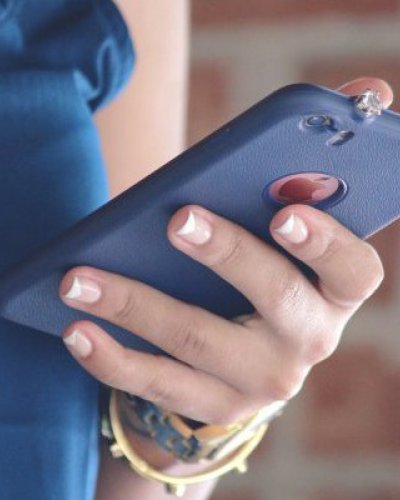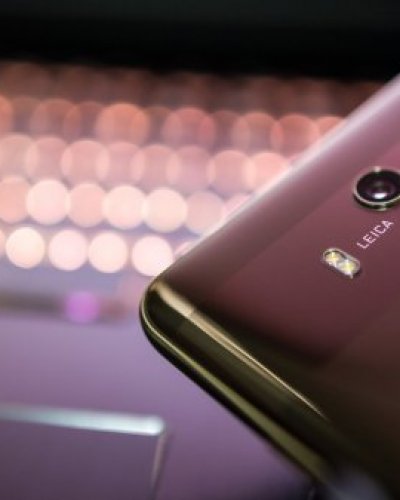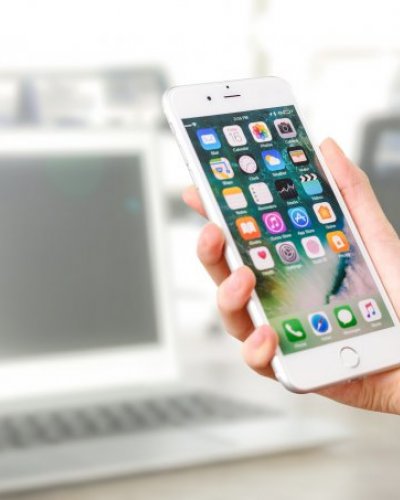There are too many iPhones. Or maybe there's just one new iPhone, in several different flavors.
The iPhone XS and XS Max, as well as the iPhone XR, are Apple's three new 2018 iPhones. But looking back at them now, in December, they have a lot more in common than you might think. The same new processors, the same upgraded camera sensors, and the same image signal processors. Know that the XS is no longer the starting point for any iPhone X shopper: it's just a slightly more advanced model.
BERLIN WEATHERThe iPhone X was an exceptional design in 2017. This year, the trio of iPhone X models represents a spectrum from $749 to nearly $1,500 if you choose to pay for all the storage. When I first reviewed the XS, I considered it a modest upgrade over the X, and wait for the XR (which was released over a month later). That feeling is true now that I've reviewed the XR.
The iPhone XR is Apple's "affordable" X model, and the best iPhone you can buy right now. Starting at $749, it has Face ID and a deep-sensing front camera, not a home button like the rest of the iPhone X gang. There's also a notch at the top of the screen. It's faster and has better battery life than the 2017 iPhone X, but it only has a single rear camera (equipped with its own software-assisted portrait mode that simulates depth of field bokeh effects), and a lower LCD screen instead of OLED. But for the vast majority of people, these are far from deal breakers. In fact, it's the first choice to make when buying a new iPhone.
So, what's in it for the XS and XS Max? Luxury upgrades. Everything the XS offers still stands out if you look hard enough.
- The added rear camera with 2x zoom really helps frame shots better and can create more versatile portrait mode shots.
- The OLED display is more vibrant, with higher resolution and much better black levels, but it won't always be something the average eye will notice.
- The XS has a more rugged design: The rear glass doesn't crack as easily, and the stainless steel body doesn't break as easily as the XR's aluminum.
- The XS has slightly faster cellular connectivity with gigabit LTE and improved 4x4 MIMO Wi-Fi antennas compared to the XR.
- The XS display has smaller bezels than the XR - but the screen is smaller, too.
Do any of these matter to you? Pro users and anyone who uses their phone as a camera for their work should go for the XS, for its added camera advantages and excellent display. However, everyone else should just get the XR instead.
Yes, it's that simple. Apple may have flooded the zone with plenty of iPhones, but if you think about "how much a phone you have to pay for," the XR is the clear tool choice, and the XS is a fancy phone upgrade that you may or may not see yourself springing for.
This review was originally published on Sept. 18. Update, Dec. 7. 7: Adds recent year-end battery comparisons and XR sightings.
That HDR OLED display looks very nice.
The X OLED iPhone screen already looked great, but the XS OLED does it a bit better. I noticed side-by-side improvements on the iPhone XS compared to the X while watching Blade Runner 2049 and other HDR movies. The new display looks subtly brighter and richer with maximum brightness compared to last year's iPhone X, which already looked lovely. It's a great display, better than the iPhone XR's lower resolution and lower contrast. But in normal everyday use, it's sometimes hard to tell OLED from LCD to the casual eye. The XR's display is just fine. Enthusiasts of perfect displays or professionals who need superior detail may want the XS or XS Max.
The single-camera advantage of the iPhone XS: dual rear cameras
The telephoto lenses on the XS and XS Max have 2x optical zoom and work in teleportation mode, just like the iPhone 7 Plus and 8 Plus cameras. This extra zoom can be helpful and provides me with excellent close-up shots on many occasions. It's also not completely necessary, but if you want to take the best photos regardless of price or use your phone as a professional photography tool, it's worth considering the upgrade.
The iPhone XR also takes portrait photos, but in wide-angle mode using image processing that simulates a depth effect. It only works on people (the AI literally doesn't recognize anything else that would activate this mode), and you have to get closer to your subjects. But it's good enough that it becomes one less reason to want the XS.
Intelligent HDR: This year's most important iPhone camera improvement (it's also on the XR)
If you compare the camera specs for the 2017 iPhone X and the new iPhone XS, you'd think almost nothing has changed: Same dual cameras, same aperture settings, same megapixel ratings, same 2x optical zoom. But Apple has done a lot of work under the hood. The iPhone XR, XS and XS Max all have a brand new image sensor that really noticeably improves photo quality. You can use any of these phones and take similar progressive photos.
The better sensor and new image processor on the A12 Bionic chip combine to enable what Apple calls "Smart HDR." In practice, this means that my photos look better in low light and extreme contrast, which makes for better photos whether they were taken on a night street, in a dark bar, or in bright sunlight.
The bright lights in my living room now show more detail and don't turn into blown out bright spots like they used to. I see more detail around windows and street lights. I also find less blur and noise in most shots. Sometimes it almost seems like too much light. The color and brightness of some shots is surprising. I am much happier with my photos now.
The larger sensor allows more light in, according to Apple, and I can tell. Sharpness is faster, too. But keep in mind that the cheaper iPhone XR can do all this, too, in exactly the same way.















Comments (0)